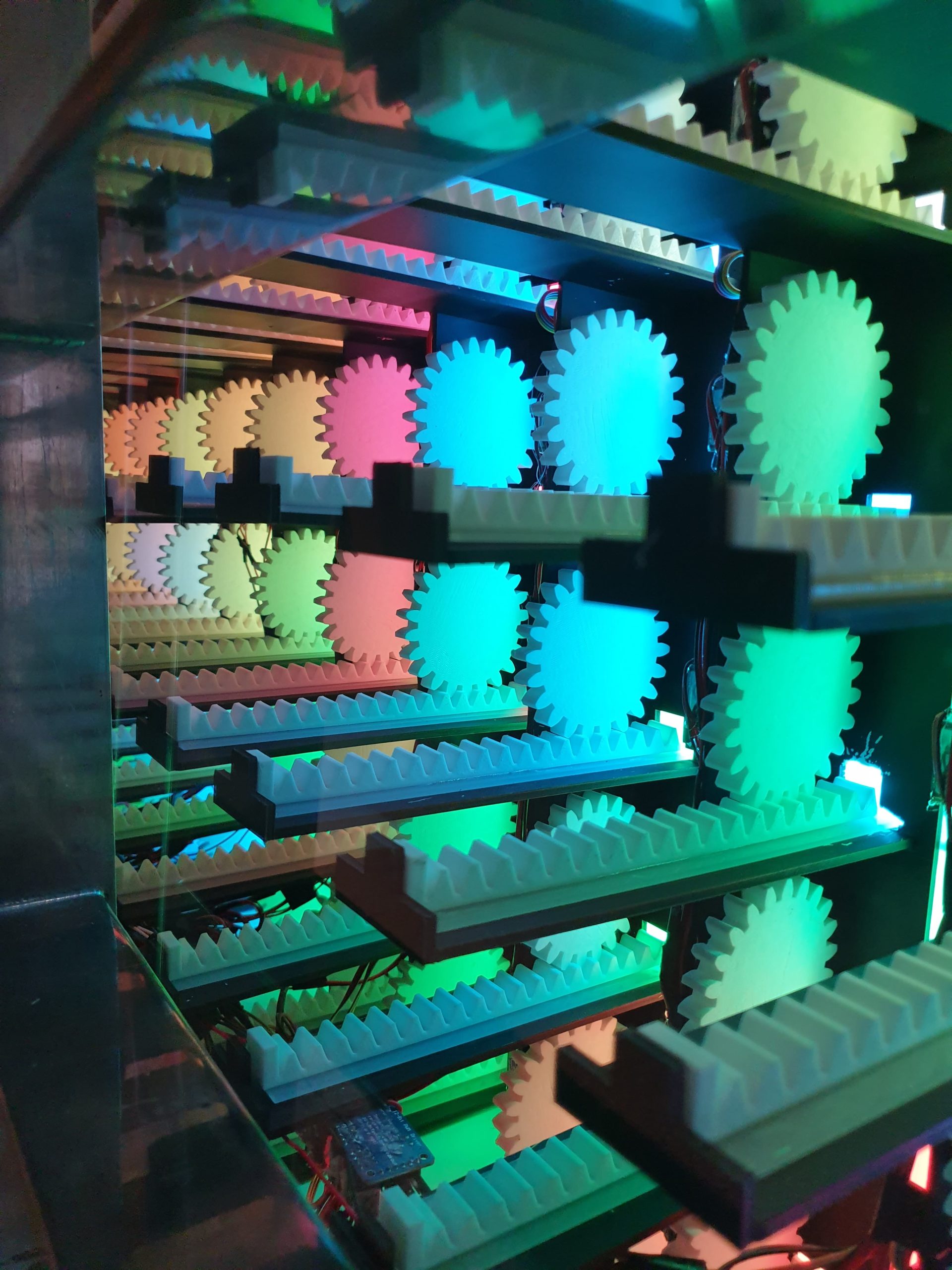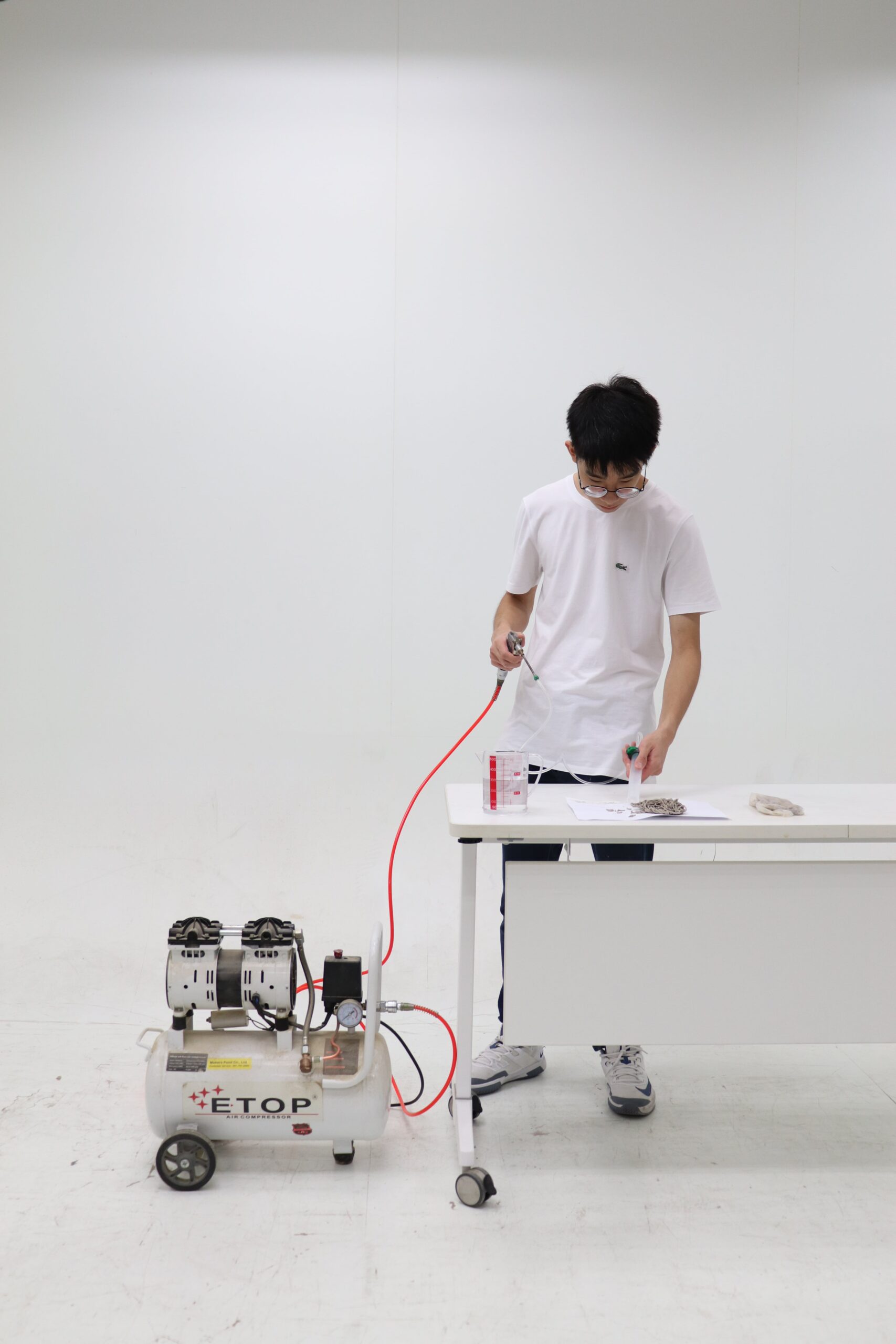During the COVID-19 pandemic, we have experienced more physical isolation due to daily online activities such as Zoom meetings, Google Meet lectures, online exams, and digital submissions. After the pandemic, our social lives may change forever with limited social encounters and gatherings only reserved for special occasions. This may lead to less social interaction and fewer chance encounters which are valuable for a tightly-knit group such as the Faculty of Architecture where students spend most of their time together. Inspired by the giant Ghibli clock in Tokyo, the Performative Clock serves as one of the must-see attractions at Chulalongkorn University, and it attempts to reconnect the community through carefully orchestrated performances that attract the attention of the wider public.

Surapong Lertsithichai
MakerAsia
Pannathorn Amnuaychokhirun
Weerada Chalermnont
Aria Ekasilapa
Ramita Keeratiurai
Praeploy Phaewpisakul
Benyapa Piboolvitayakul
Paranyu Tempattarachoke
Aticha Thanadirak
Anchalika Thepnumsommanus
Poranon Thitaparun
Related Projects:

Toolcraft: Clay 3D Printer
The exploration of 3D printing was the centre of the summer workshop. The workshop was initiated by building an open-source clay 3D printer from scratch. Through the act of 'tool-building', firsthand experience of how 3D printing technologies work and the constraints and possibilities of the machine was gained by the students. Through adapting several open-source 3D printing designs, students went through a process of modifying and ‘hacking’ the 3D printer design, adding their own features and addons which could improve the machines efficiency and its possible printing techniques. Along with designing and building a 3d printer, the students' toolkit was further supplemented with digital tools primarily focusing on Grasshopper, where they learnt parametric design which generated custom g-code which sent tailored instructions and controls to the machine, allowing for a constant feedback loop between design development and testing.

INDA Makes INDA
In an exploratory and ambitious school like INDA, the spaces where learning and experimentation happen are vital to its livelihood and its success as a creative hub. This workshop aims to design and realize support components and devices (including furniture pieces, identity elements, storage units, etc.) for the new studio spaces at the Chulapat 14 building. Students research the social and creative dynamics of spaces that are not used specifically for classroom instruction in design schools around the world. They examine spaces that foster dialog and discussion, and they explore the value of seemingly unnecessary spaces and elements. How can we enable exchange and support informal interactions through the design of space and the objects within it?
